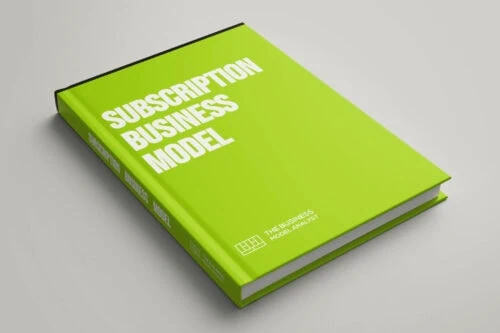Super Guide: Cost Models
The Super Guide about Cost Models is a complete guide on how you can use this knowledge of cost to drive growth and sustainability within your business model.
Table of content
- Introduction
- What Is The Cost?
- Terms Associated With Costing
- Fixed Cost
- Variable Cost
- Total Cost
- Direct Cost
- Indirect Cost
- Marginal Cost
- Opportunity Cost
- Sunk Cost
- Examples Of Sunk Costs
- Cost Allocation
- Cost Pool
- Cost Structure
- Cost Object
- Economies Of Scale
- Economies Of Scope
- Costing
- Types Of Costing
- Absorption Costing
- Historical Costing
- Marginal Costing
- Standard Costing
- Lean Costing
- Activity-Based Costing
- Direct Costing
- Uniform Costing
- Important Methods Of Costing
- Unit Costing
- Job Costing
- Contract Costing
- Batch Costing
- Process Costing
- Service Or Operating Costing
- Multiple Costing
- Inventory Costing
- First In, First Out (Fifo)
- Last In, First Out (Lifo)
- Average Cost Method
- Specific Identification Method
- What Is A Cost Structure?
- Cost Driven Businesses Vs Value Driven Businesses
- Cost-Driven
- Value-Driven
- What Is Cost Structure In The Business Model Canvas?
- Filling In Your Business Model Canvas Template
- Value Propositions
- Customer Segments
- Distribution Channels
- Customer Relationships
- Revenue Streams
- Key Activities
- Key Resources
- Key Partners
- Cost Structure
- Filling In Your Business Model Canvas Template
- Elements Of The Cost Structure
- Product Cost Structure
- Customer Cost Structure
- Service Cost Structure
- Types Of Cost Models Used By Buyers Of Manufactured Products
- Open Book Cost Modeling
- Knowledge-Based Modeling
- Hyper-Optimized Cost Modeling
- Attribute-Based Cost Modeling
- Example Of Cost Structure
- Netflix
- Nike
- Tesla
- Airbnb
- How Is Cost Modeling Done?
- Identifying Cost Drivers
- Focus On Total Cost Of Ownership
- Allocate Costs To Each Supplier
- Create A Standard Costing System
- What To Ask When Creating A Cost Structure?
- Conclusion
Read an excerpt from this Cost Models Super Guide:
“Anyone with the most basic grasp of the concept of buying and selling can tell you that a business is only sustainable when the income it makes is higher than the expenses incurred. However, the theory of cost is much more complex and dynamic than this simple understanding. It involves several different concepts and types. In this article we’ll delve into the theory of cost, the different types of cost, what they mean to the average entrepreneur”
This is must-have knowledge for entrepreneurs and business model analysts, and consultants if you want to dominate business models, this super guide was made especially for you.



Product images are for illustrative purposes only






















